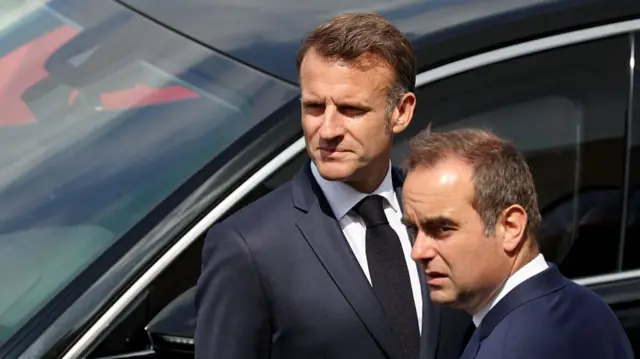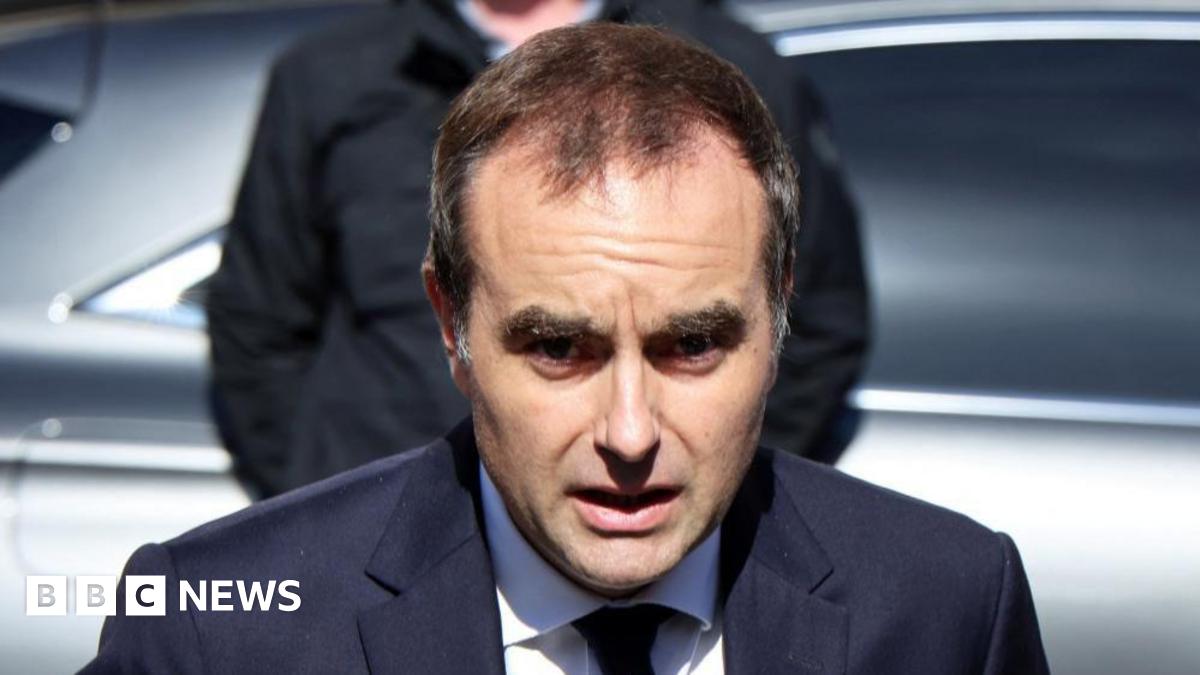How did we get here? A timelinepublished at 18:04 BST
18:04 BST
 Laura Gozzi
Laura Gozzi
Reporting from Paris
 Image source, Getty Images
Image source, Getty Images
June 2024: Faced with a bruising defeat for his party at the European Parliament elections, President Macron calls a surprise snap parliamentary election (not a presidential election) which he says will bring “clarity” to the situation.
July 2024: Two rounds of voting result in a hung parliament. The left-wing alliance New Popular Front clinch victory, with Macron’s centrists coming second and pushing Marine Le Pen’s far right National Rally (RN) into third place. But none of the parties win enough seats to form an outright majority, spelling a stalemate – and trouble ahead.
September 2024: After two months of consultations, Macron appoints conservative Michel Barnier, the former Brexit negotiator, as prime minister.
4 December 2024: Barnier’s government collapses after he controversially uses special powers to force through his budget.
13 December 2024: Centrist François Bayrou is appointed prime minister.
August 2025: Bayrou calls a confidence vote on plans for deep budget cuts.
8 September: Bayrou loses the confidence vote.
9 September: Macron ally Sébastien Lecornu is appointed prime minister.
5 October: Lecornu unveils his cabinet, which is immediately criticised by several parliamentary factions.
6 October: Lecornu resigns after 26 days in post but is asked by Macron to stay on for another two days – until this evening – in an attempt to find “stability” for the country.
7 October: As the clock ticks, Lecornu holds talks with various political parties. He’s now due to speak to French TV at 20:00 local time (19:00 BST).

